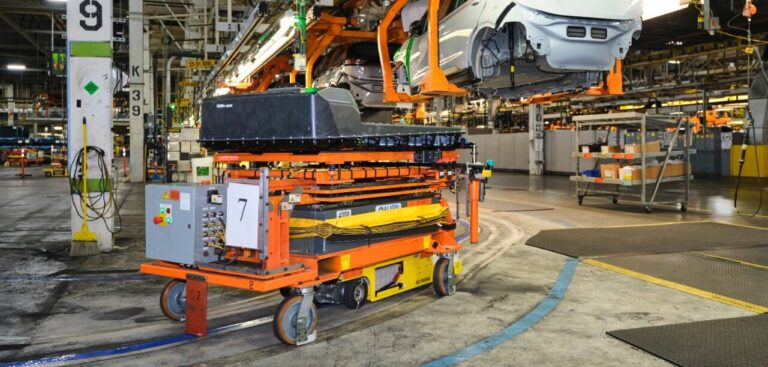LG Chem and General Motors have signed an agreement for the supply of cathode active material (CAM) that will help GM meet its growing EV production needs. CAM is a key battery material consisting of components like processed nickel, lithium and other materials representing about 40% of the cost of a battery cell.
Through the long-term supply arrangement, LG Chem plans to supply more than 950,000 tons of CAM to GM beginning in the second half of 2022 through 2030, enough for approximately five million EV powertrains. The CAM secured by GM will be used by Ultium Cells, a joint venture between GM and LG Energy Solution, at its battery cell plants in Warren, Ohio; Spring Hill, Tennessee; and Lansing, Michigan.
GM and LG Chem will also explore the localization of a CAM production facility in North America by the end of 2025.
“This agreement builds on GM’s commitment to create a strong, sustainable battery raw material supply chain to support our fast-growing EV production needs,” said Jeff Morrison, GM vice president, Global Purchasing and Supply Chain. “LG Chem has demonstrated technical expertise, high-quality and mass production capabilities of cathode active materials over the last decade. At the same time, this agreement demonstrates GM’s commitment to strong supplier relationships, and compliments our many other recent EV supply chain announcements.”
“Importantly, GM now has contractual commitments secured with strategic partners for all battery raw material to support our goal of one million units of EV capacity by the end of 2025,” added Morrison.
The cathode materials that LG Chem plans to supply are NCMA (nickel, cobalt, manganese and aluminum) cathode materials for EVs built on GM’s Ultium Platform. NCMA cathode material is a product that combines LG Chem’s best material technology and is characterized by its excellent stability and output. Aluminum was applied to the material technology to strengthen stability while decreasing the amount of cobalt used in GM’s previous generation of batteries by 70%.


